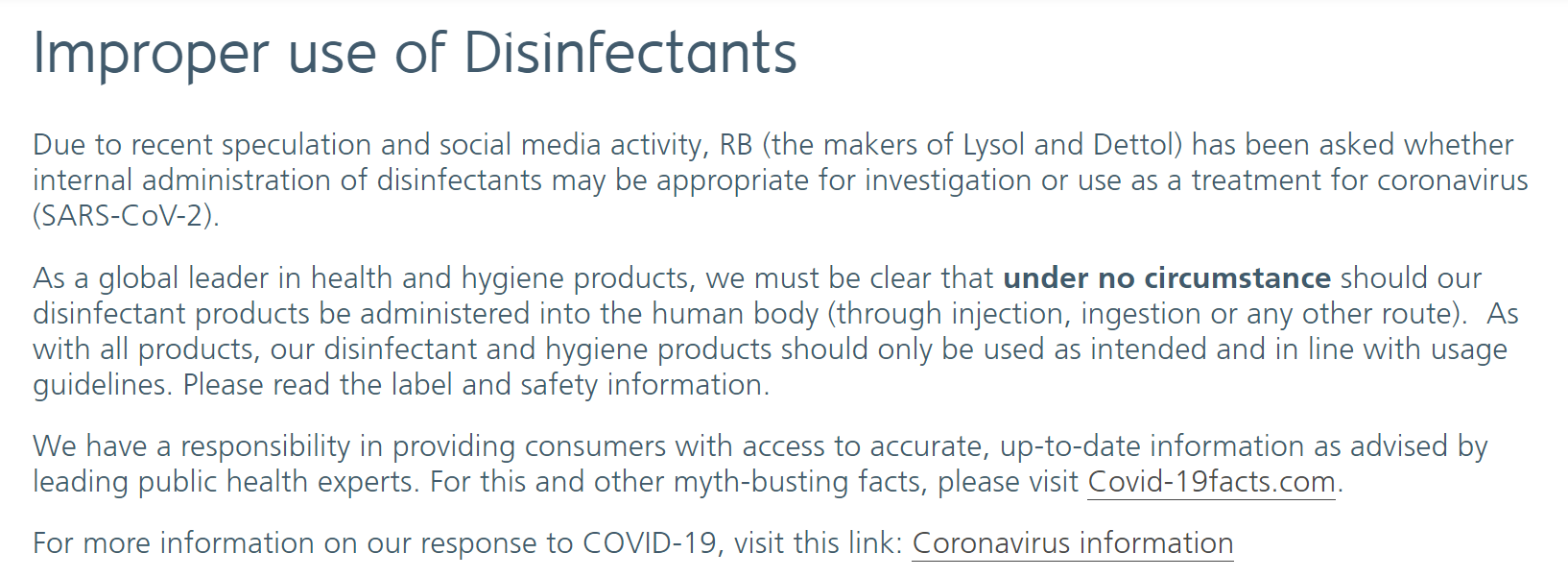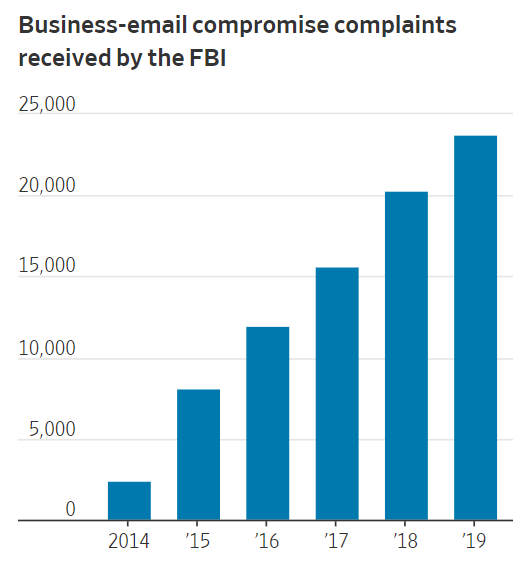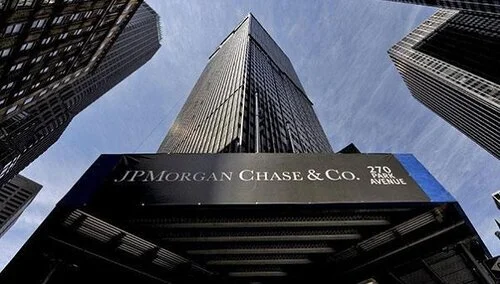Jenner Pays for Frye Festival Post
/The U.S. Federal Trade Commission (FTC) requires that paid endorsements are not misleading. Celebrities like Kendall Jenner cannot post support on social media for a product or organization without specifying that she is being paid to do so. The FTC publishes Endorsement Guides to clarify responsibilities.
Jenner promoted the 2017 failed Frye Festival, implying that Kanye West might perform. Although she was paid $275,000, she didn’t reveal the sponsorship. She has since been sued and will pay a $90,000 settlement, which may help some of the many associates of the festival who lost money in the venture.
To learn more about what happened to the Frye Festival—a major public relations and communication failing—see documentaries on Hulu and Netflix.
Discussion:
What are the ethical implications of celebrities endorsing products?
When a celebrity endorses a product, are you more likely to buy it?
If you’re familiar with the festival, describe what went wrong.


















